Mark Armijo McKnight’s bodily landscapes capture the tactile serenity of the American West
The artist’s new exhibition at the Whitney Museum, which is organised by the museum curator Drew Sawyer, offers a succinct window into his contemplative suggestion of queering a landscape
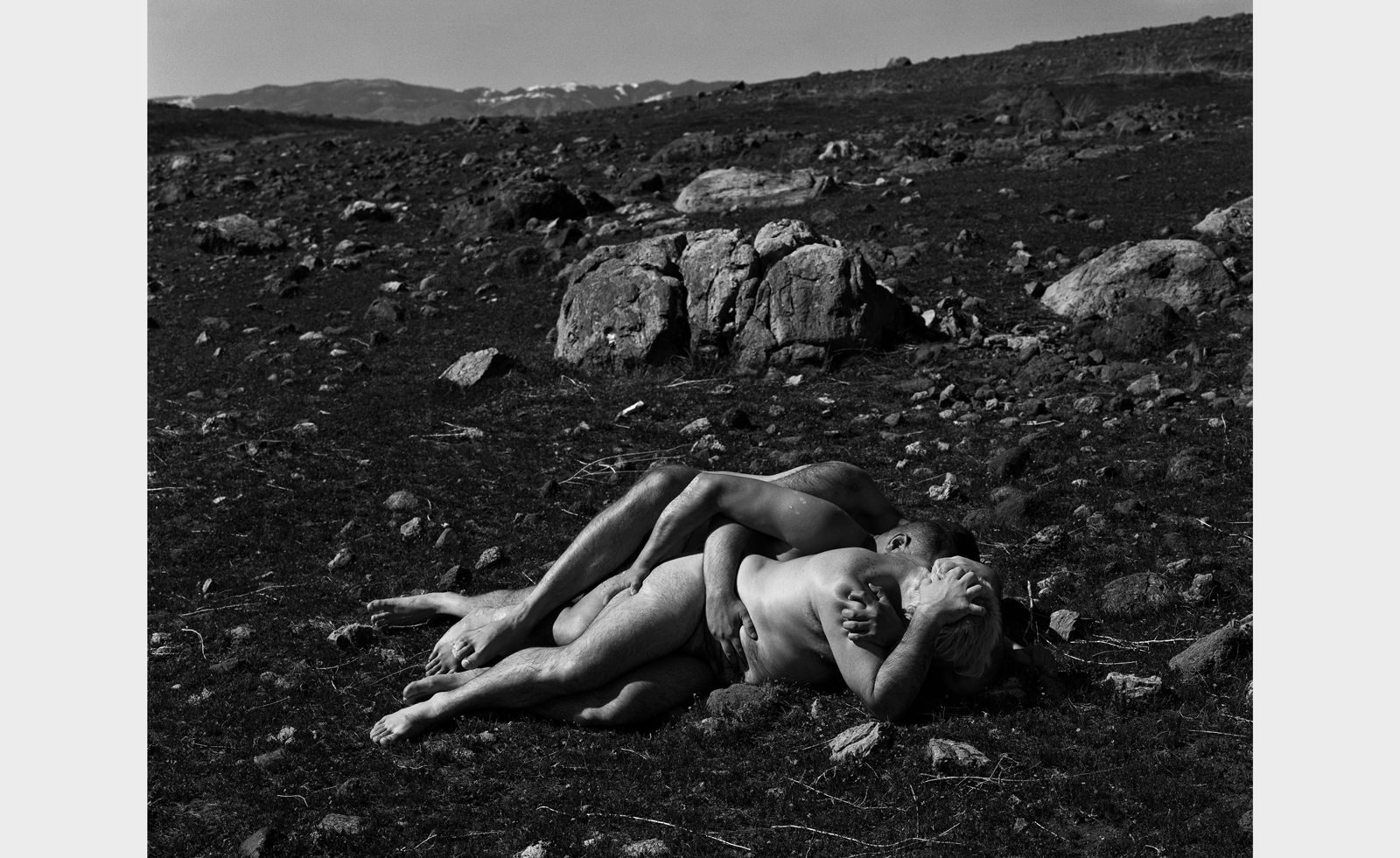
The land and the body inhabit Mark Armijo McKnight’s black and white photographs with a mystic alchemy. Visually, the two are intertwined: a torso, for example, is impossible to distinguish from a dune, or the clouds, from the cigarette smoke puffed out of a mouth. The New York-based artist, however, is strongly invested in the emotional chemistry of two forms of tactility. This meditative harmony of the earth and the skin meanders throughout McKnight’s new exhibition, Decreation, at The Whitney Museum where nudes seep into the American west panorama. 'The landscape is a site of catharsis and meaning-making, and the earth is the protagonist,' McKnight tells Wallpaper* about his pictures. He believes in the 'psychological dimension,' of an either barren or lush landscape, 'which wouldn’t otherwise be in an image.'
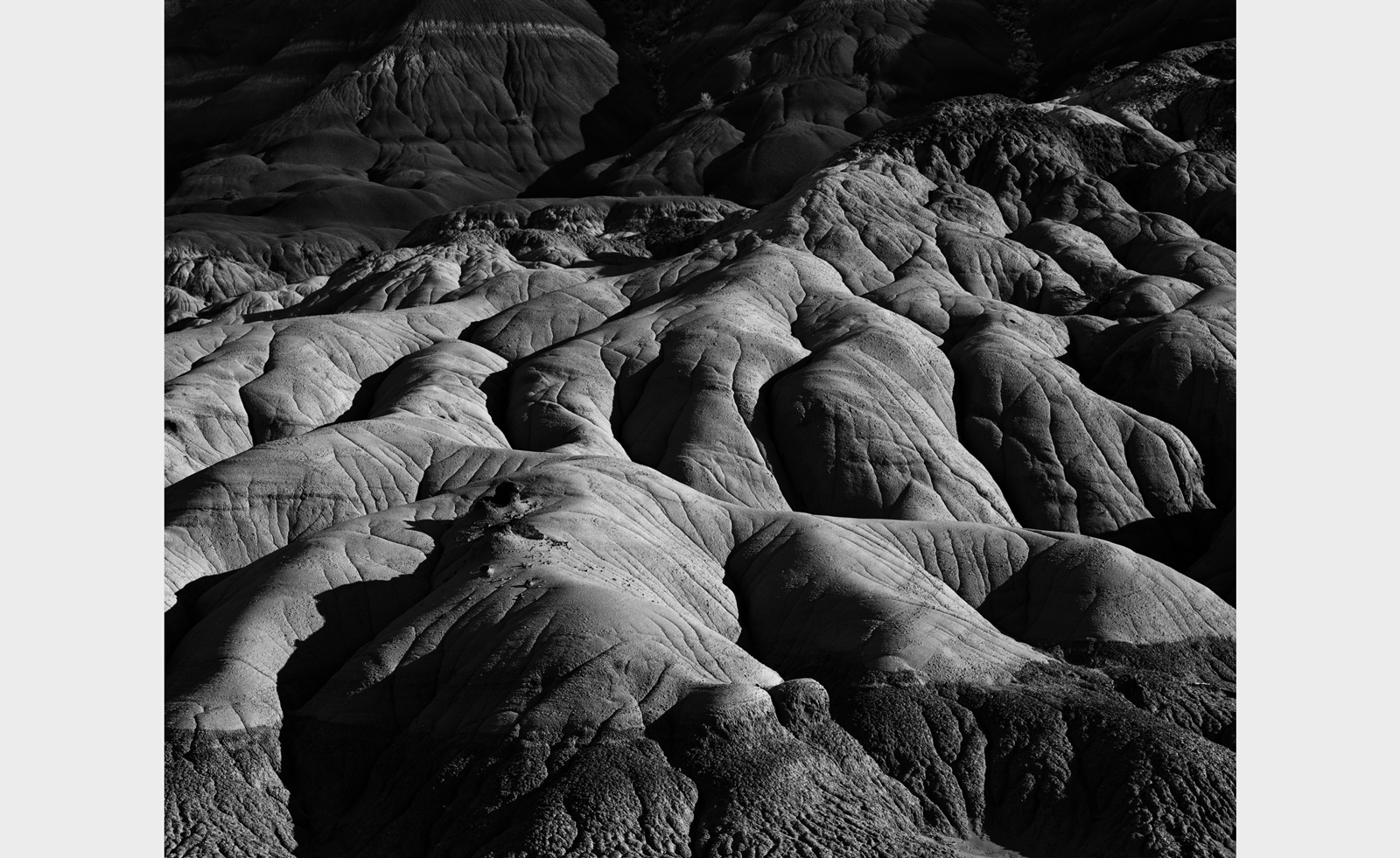
Mark Armijo McKnight, The Black Place (ii), 2024
Somnia (2023) frames three nude men caressing each other amidst a rocky scenery—their limbs tightly envelop their bulky bodies, not unlike the rocks peppered around them with a hefty and serene bulbousness. Their virile intimacy sinks into the fallow land, with soft skin rubbing into the rough flora. The Black Place (2024) initially tricks the eye with the suggestion of a human likeness; however, the image exclusively captures a piece of rutted earth, uninhibited yet soulful. 'Composed or even a bit claustrophobic' quality of his images stems from a desire to 'make the viewer feel inside a place,' the artist explains which emphasises the 'ethos of a landscape out of a deep respect for the natural world.'
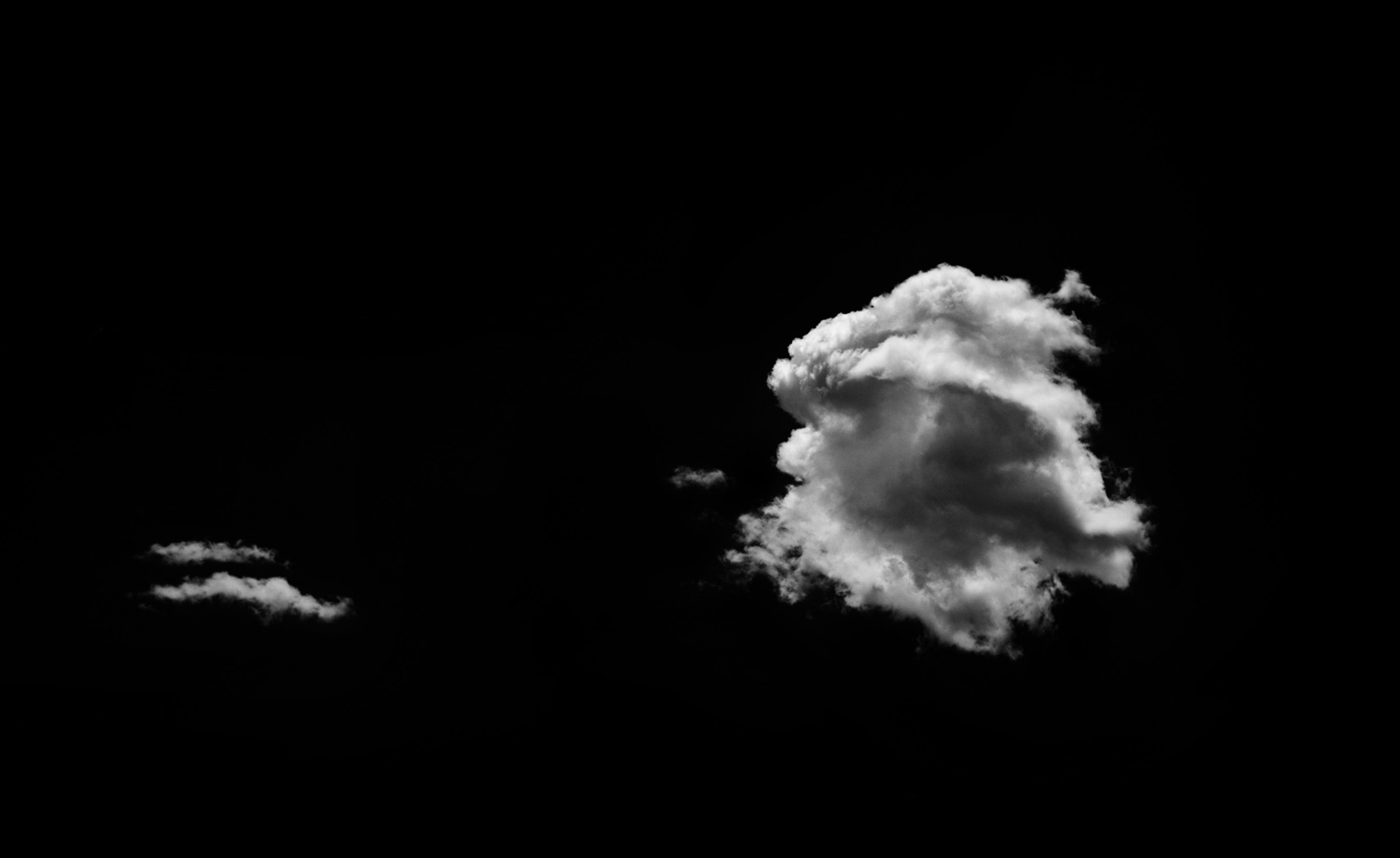
Mark Armijo McKnight, Clouds (Decreation), 2024
Besides the familiar territory of photography, McKnight dips his toe into two new mediums for his first institutional outing in New York. An eleven-minute long black and white film, titled Without a Song (2024), is a moody contemplation on time and light under the sharp desert light. In it, a suite of metronomes are perched across a wash of rocks, while their rapid ticking permeates into the gallery with the puncturing immediacy of bullet sounds.
The show’s five photographs are also joined by two blocky limestone sculptures that moonlight as seats for the film’s audience. Together titled Duet (2024), the geometric forms with abrupt carvings each weigh around 5,600 pounds. They hold a “monolithic feel,” according to the artist who based the sculptures on ancient scratch dials. Their original purpose of informing people about when to pray before the invention of the clock resonates with temporality inside the museum’s contemporary confines.
'They were called scratch dials because the dials were carved so crudely into the surface of a stone,' adds McKnight. Similar to the film’s lingering hold on time, the sculptures solidify fluidity which is both linear and circular, akin to time’s passing. 'The desperation to mark time is both beautiful and relatable,' muses McKnight who finds a similar urge in his lens. 'What is photography but a confluence of time, light, and shadow?' he asks. The duo of sculptures in this sense reflects his 'distillation of elemental concerns about taking pictures.'
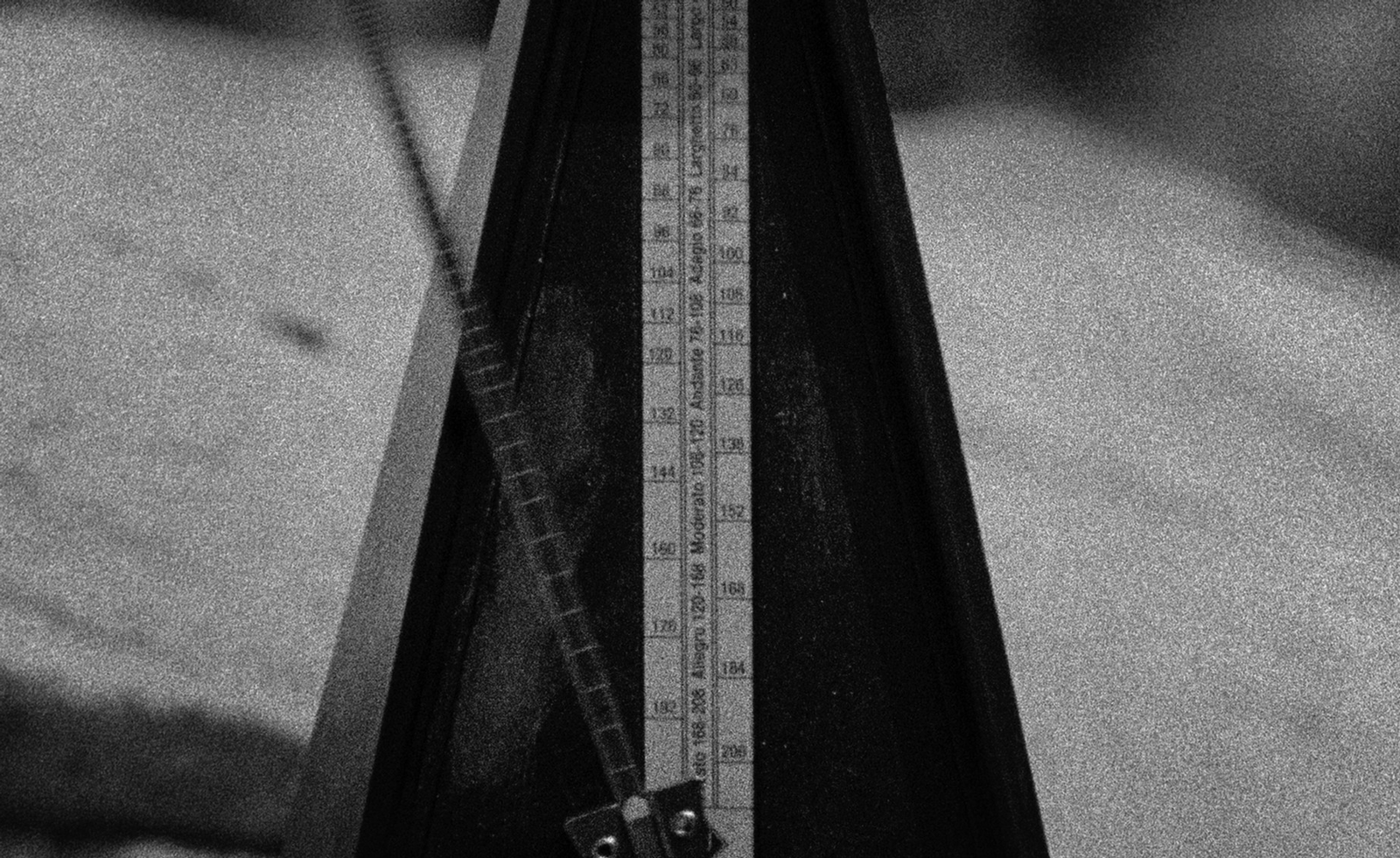
Mark Armijo McKnight, Without a Song (solo ii) , 2024
The black and white palette allows the artist to paint his images with swatches of dimness and rely on the poetic intrigue of mystery. 'I can bury things in shadows and have more control than I would in colour,' says McKnight. He thrives in making 'more subjective decisions,' unburdened by creating realistic or believable pictures. 'The affective potential of black and white images allow for a tonal mode and rhythmic coherence to create a metaphor,' he adds.
Mark Armijo McKnight: Decreation is open at the Whitney Museum of American Art through January 5, 2025
Receive our daily digest of inspiration, escapism and design stories from around the world direct to your inbox.
Osman Can Yerebakan is a New York-based art and culture writer. Besides Wallpaper*, his writing has appeared in the Financial Times, GQ UK, The Guardian, Artforum, BOMB, Airmail and numerous other publications. He is in the curatorial committee of the upcoming edition of Future Fair. He was the art and style editor of Forbes 30 Under 30, 2024.
-
 How Ichio Matsuzawa designed the almost-invisible bar defining Art Week Tokyo 2025
How Ichio Matsuzawa designed the almost-invisible bar defining Art Week Tokyo 2025During the art fair’s latest instalment, Wallpaper* met the Japanese architect to explore architecture as sensation, not structure
-
 The story behind rebellious New York fashion label-cum-art collective, Women’s History Museum
The story behind rebellious New York fashion label-cum-art collective, Women’s History MuseumMattie Barringer and Amanda McGowan’s multidisciplinary label has been challenging fashion’s status quo for the past decade. As they open a new exhibition at Amant, Brooklyn, the pair sit down with Wallpaper* to discuss their provocative approach
-
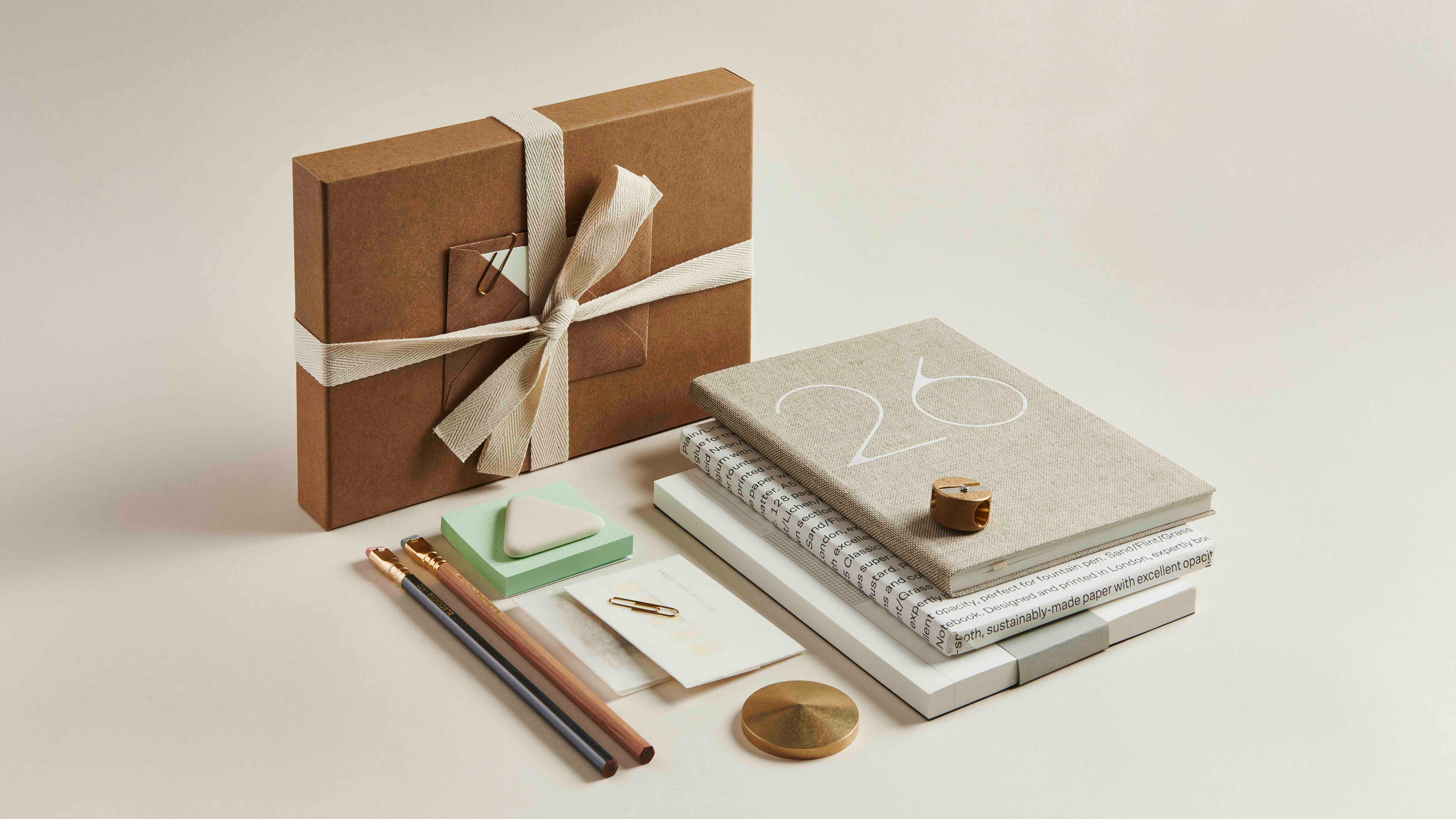 Mark+Fold Turns 10 with first Shoreditch pop-up
Mark+Fold Turns 10 with first Shoreditch pop-upBritish stationery brand Mark+Fold celebrates ten years in business with a Brick Lane pop-up featuring new products, small-batch editions and conversations with creatives
-
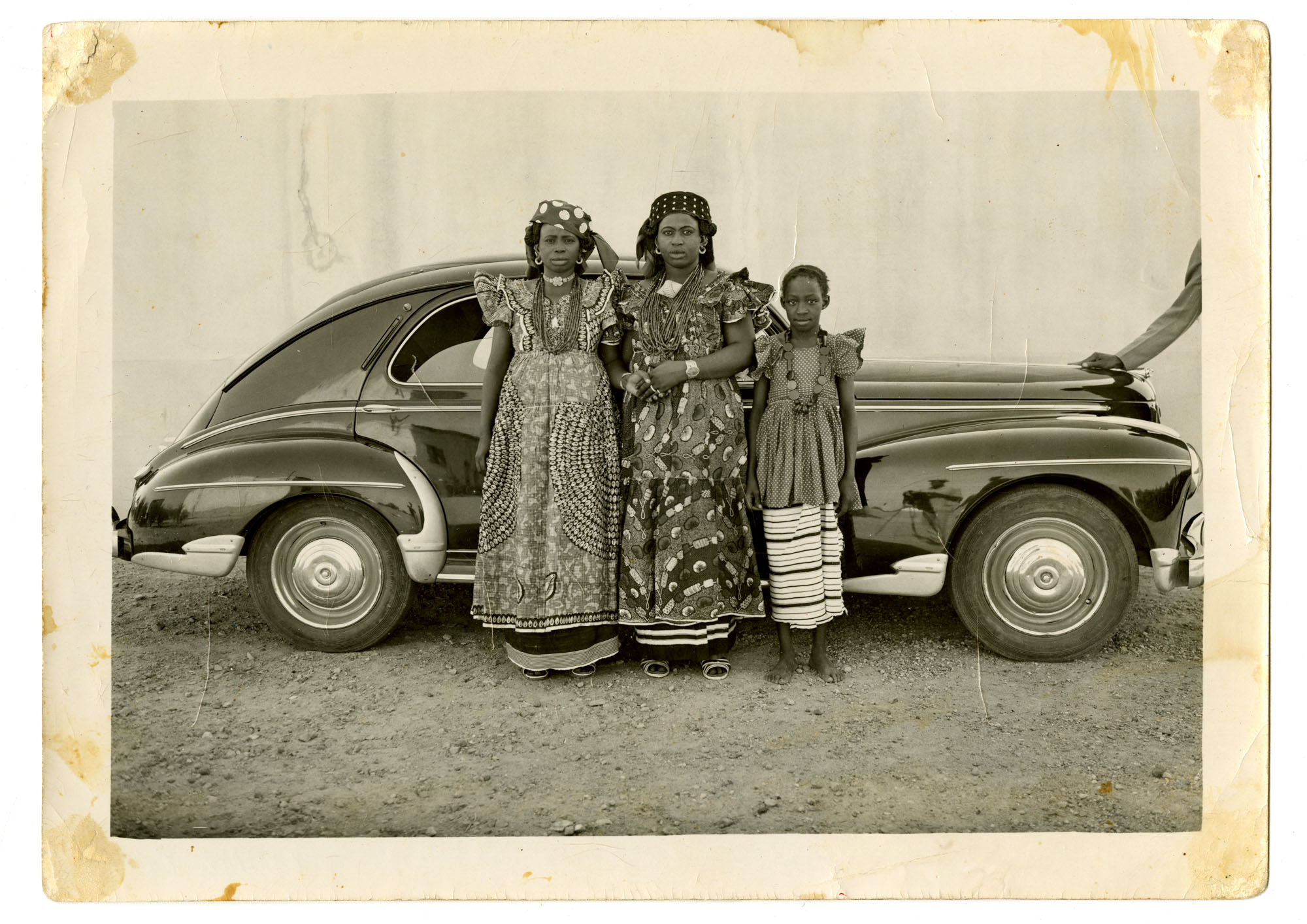 Inside the work of photographer Seydou Keïta, who captured portraits across West Africa
Inside the work of photographer Seydou Keïta, who captured portraits across West Africa‘Seydou Keïta: A Tactile Lens’, an exhibition at the Brooklyn Museum, New York, celebrates the 20th-century photographer
-
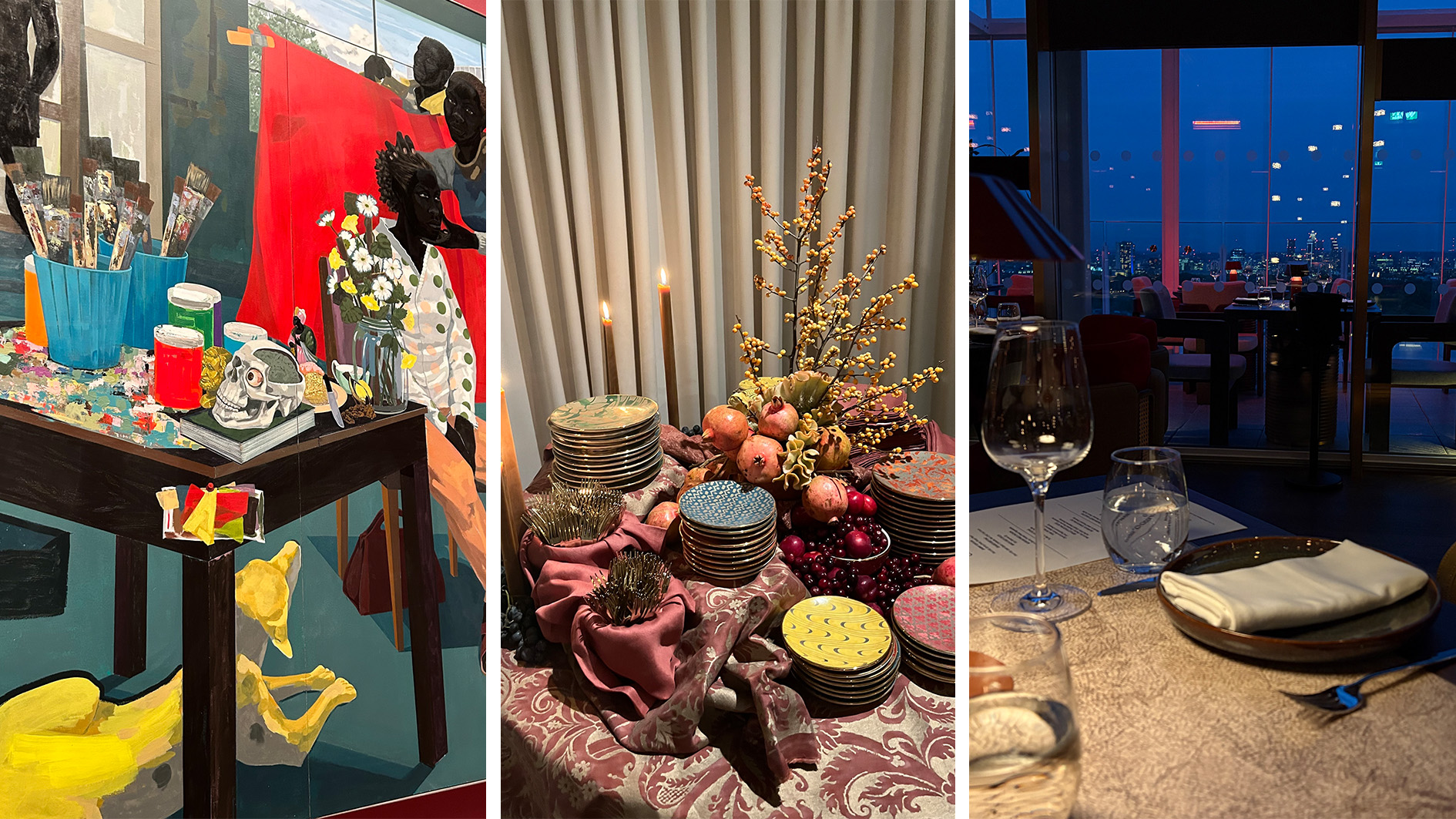 Out of office: The Wallpaper* editors’ picks of the week
Out of office: The Wallpaper* editors’ picks of the weekFrom sumo wrestling to Singaporean fare, medieval manuscripts to magnetic exhibitions, the Wallpaper* team have traversed the length and breadth of culture in the capital this week
-
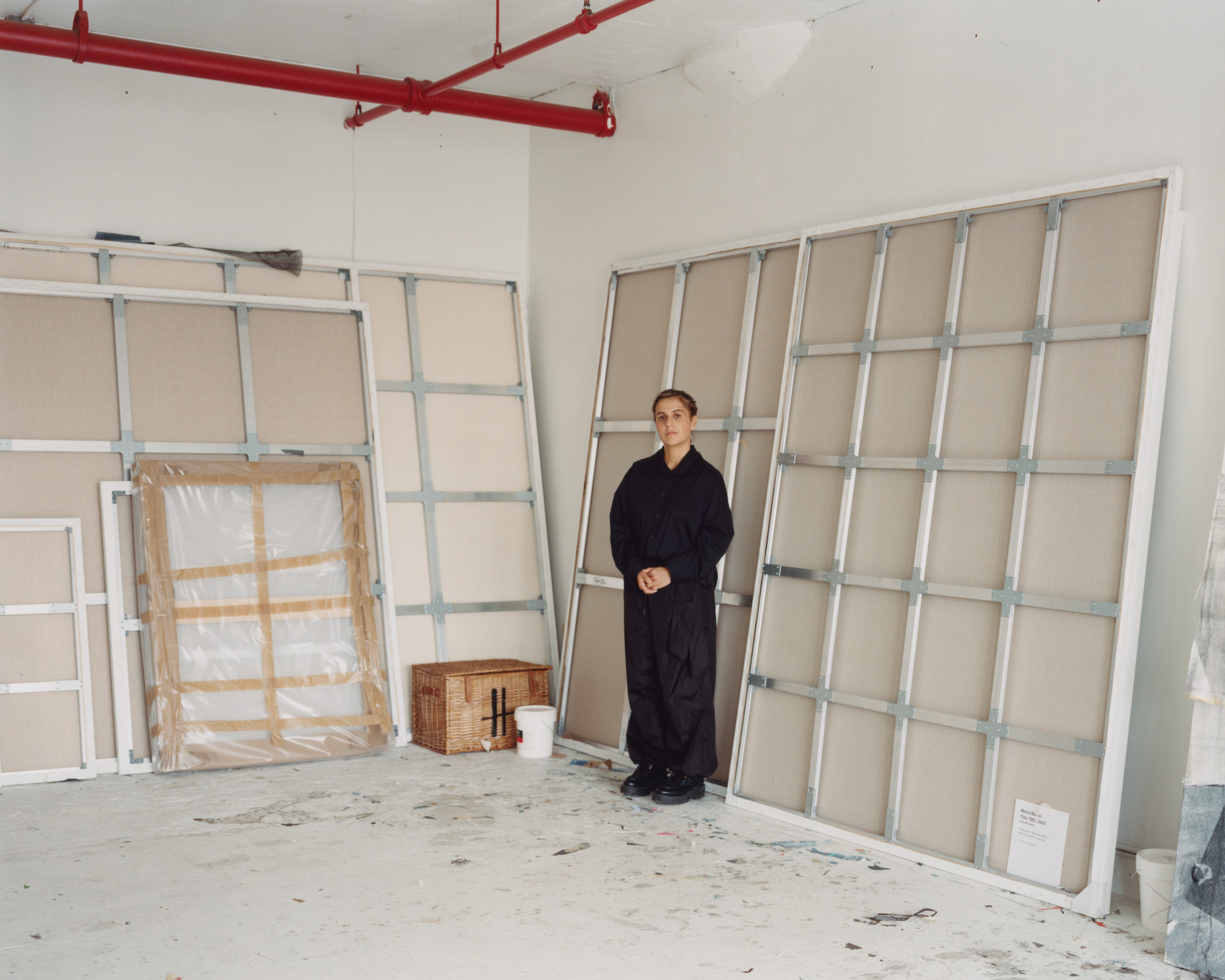 María Berrío creates fantastical worlds from Japanese-paper collages in New York
María Berrío creates fantastical worlds from Japanese-paper collages in New YorkNew York-based Colombian artist María Berrío explores a love of folklore and myth in delicate and colourful works on paper
-
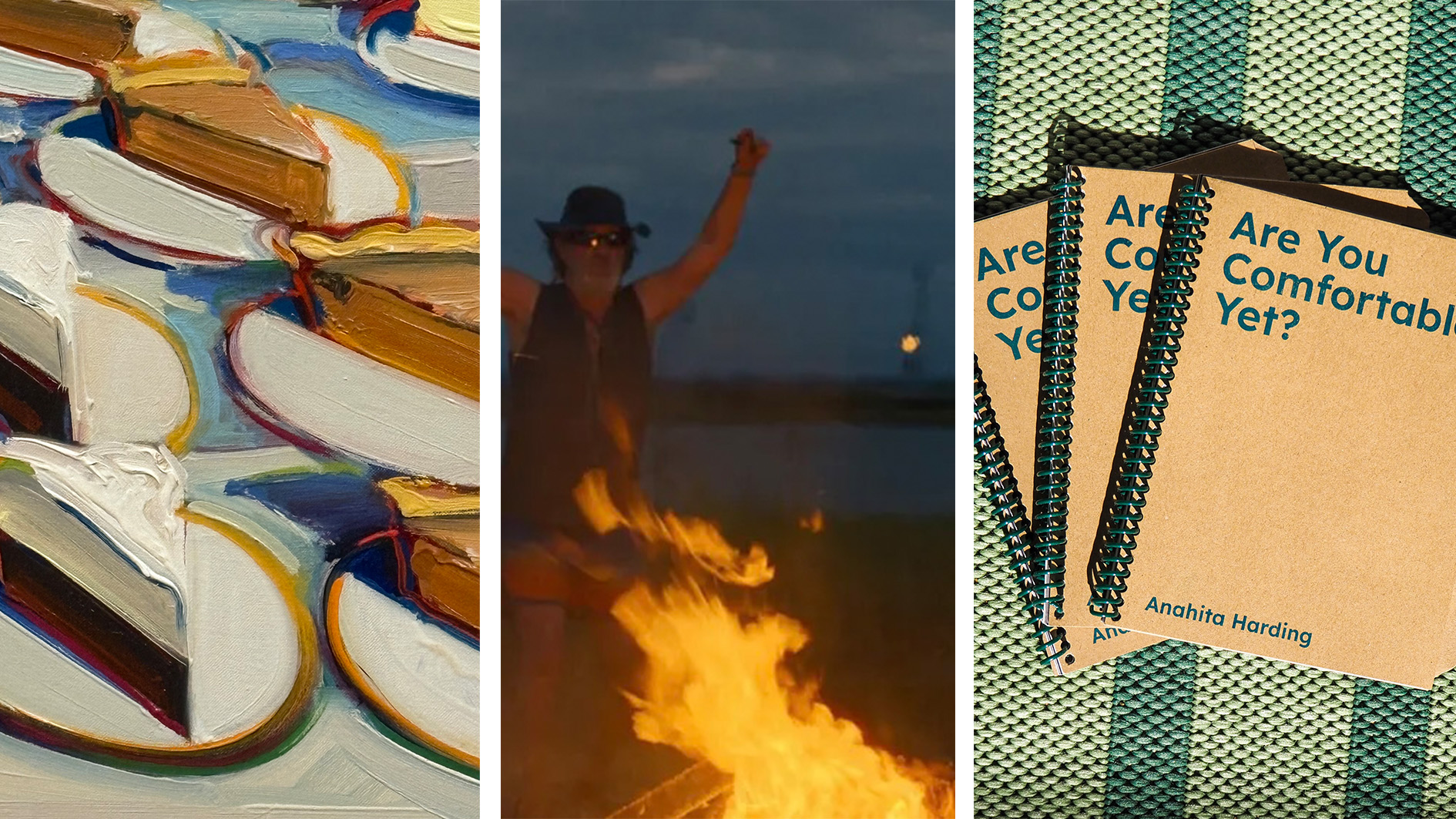 Out of office: the Wallpaper* editors’ picks of the week
Out of office: the Wallpaper* editors’ picks of the weekAs we approach Frieze, our editors have been trawling the capital's galleries. Elsewhere: a 'Wineglass' marathon, a must-see film, and a visit to a science museum
-
 June Leaf’s New York survey captures a life in motion
June Leaf’s New York survey captures a life in motionJune Leaf made art in many forms for over seven decades, with an unstoppable energy and fierce appetite leading her to rationalise life in her own terms.
-
 Jamel Shabazz’s photographs are a love letter to Prospect Park
Jamel Shabazz’s photographs are a love letter to Prospect ParkIn a new book, ‘Prospect Park: Photographs of a Brooklyn Oasis, 1980 to 2025’, Jamel Shabazz discovers a warmer side of human nature
-
 Inside a Courtney Love-inspired art exhibition in New York
Inside a Courtney Love-inspired art exhibition in New YorkLiza Jo Eilers looks to the glory days of Hole at an exhibition at Grimm New York
-
 Apple unveils its next-gen camera in a powerful new photography exhibition
Apple unveils its next-gen camera in a powerful new photography exhibitionThe new iPhone 17 Pro Max takes centre stage in a New York exhibition where artists Inez & Vinoodh, Mickalene Thomas, and Trunk Xu explore the theme of joy